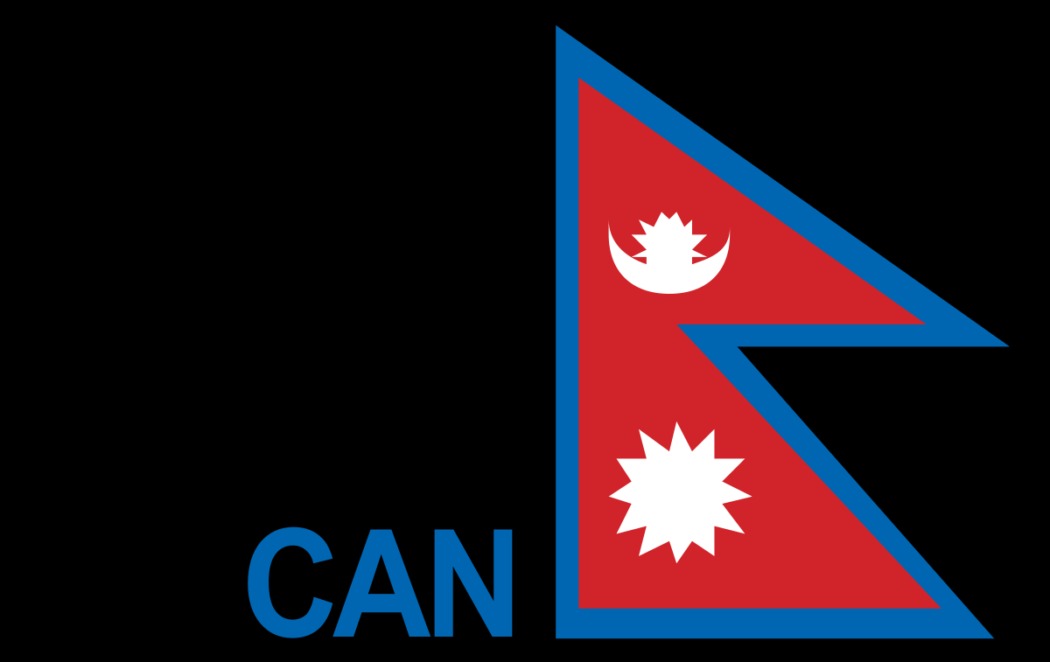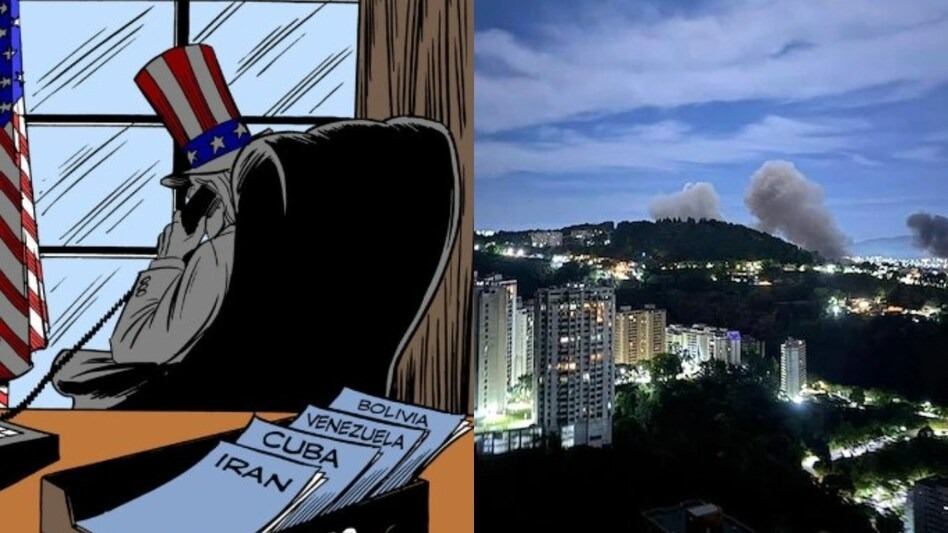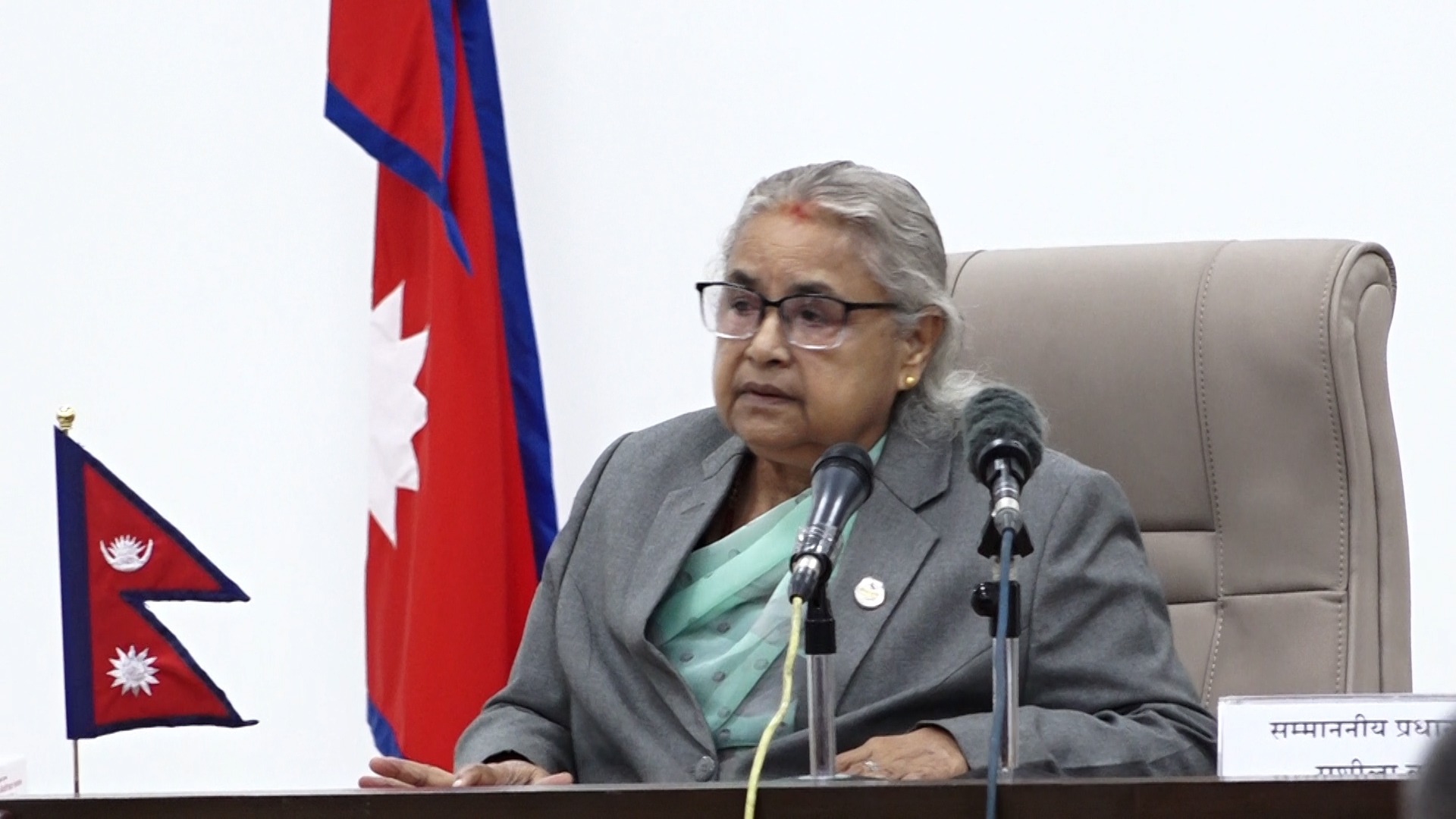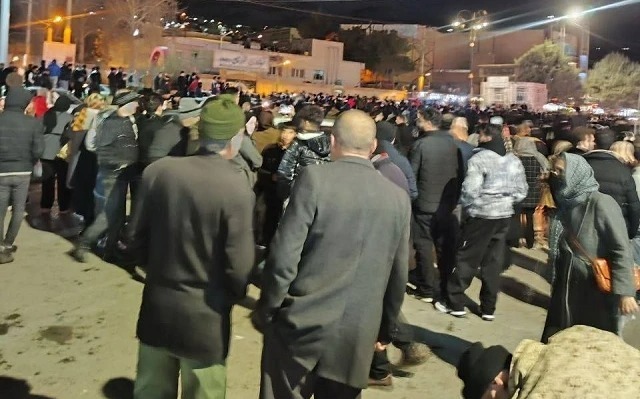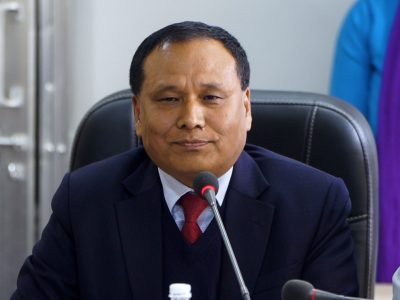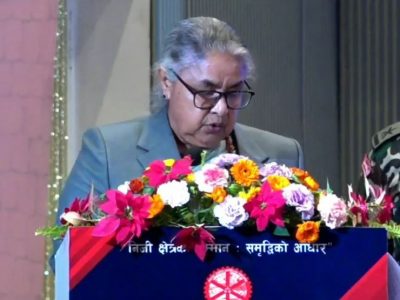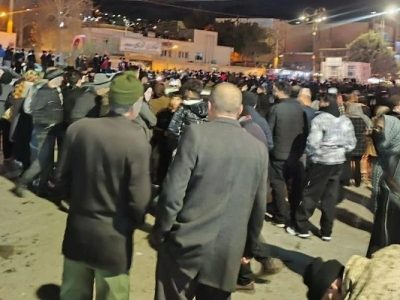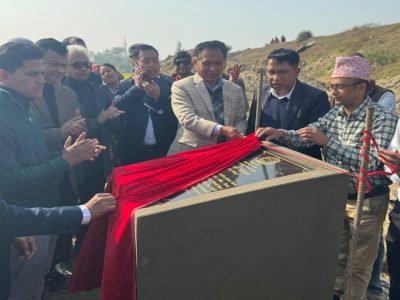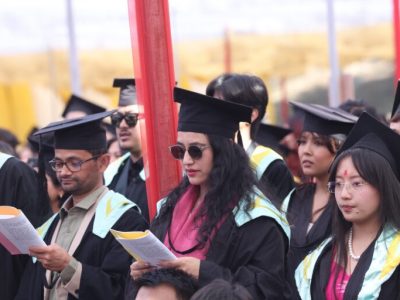70 years of Chinese occupation: Conflict in the mountains
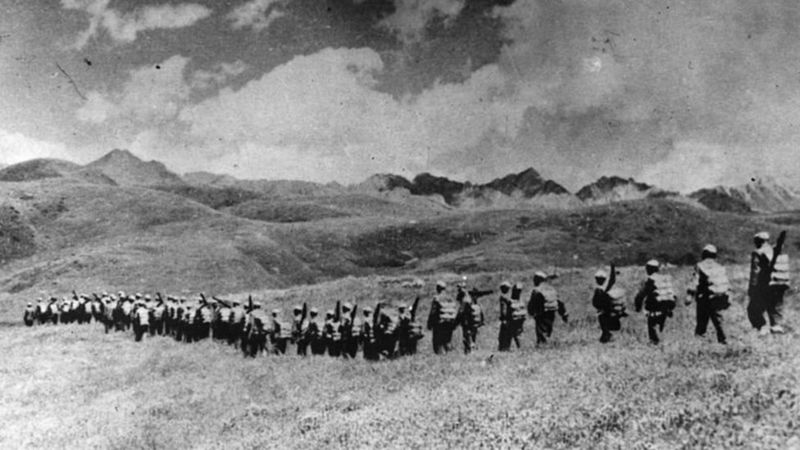
BBC. Tibet was independent for almost 40 years before the Communist victory in China in 1949. The situation in the mountainous region changed after that as the history of conflict was laid. On October 7, 1950, Mao Tzsetung’s army entered Tibet and the troops took control of the area outside the town of Chamdu on October 19.
Within nearly eight months of Chinese occupation and increasing pressure, Tibet’s religious leader and the Nobel Laureate, His Holiness the 14th Dalai Lama, signed a controversial 17-point agreement on May 23, 1951, making Tibet a part of China. The Dalai Lama considers the treaty invalid and argues that the signing was done against the will of a helpless government. He was 15 years old while signing the agreement. China considers this as a case of “peaceful liberation,” but the exiled Tibetan community considers it an “invasion and occupation.”
Tibet, now an autonomous region of China, has had a tumultuous history with numerous uprisings contained by the Chinese forces. The area is rich in minerals, lithium, uranium and plenty of water and is a “reserve” for China. It is also home to the highest and longest mountain plateau in the world, as well as a source of many major rivers in Asia. China claims to have always been in command of Tibet, claiming that it was temporarily unable to enforce its dominion in the first half of the 20th Century. Tibet is not a nation in terms of the modern observance of statehood, but it hosts an incredibly diverse culture.
Independent sources have mentioned that between two and eight million individuals have been killed during China’s rule. During the Chinese Cultural Revolution, between 1960 and 1970, local monasteries were reportedly destroyed. China believes that the Communist Party has been trying to enrich Tibetan culture since the 1980s. Monasteries have been rebuilt, however, Tibet’s exiled government sees it as China’s attempt to attract more tourists, not the protection of local culture.
According to a report released by the Jamestown Foundation this year, China is forcing hundreds of thousands of people into military-style training centers. “Tibet was used as a laboratory before a large number of Uyghur Muslims were detained in Xinjiang,” stated K. Sanders, an expert on Tibet.
In Tibet, some people have been jailed for writing prayers on social media. The exiled Dalai Lama is currently advocating for a middle ground with China. He wants Tibet to be given enough autonomy even if it is considered a part of China. Tibet’s nationalist youth are demanding complete independence.
Facebook Comment
latest Video
Trending News
- This Week
- This Month



